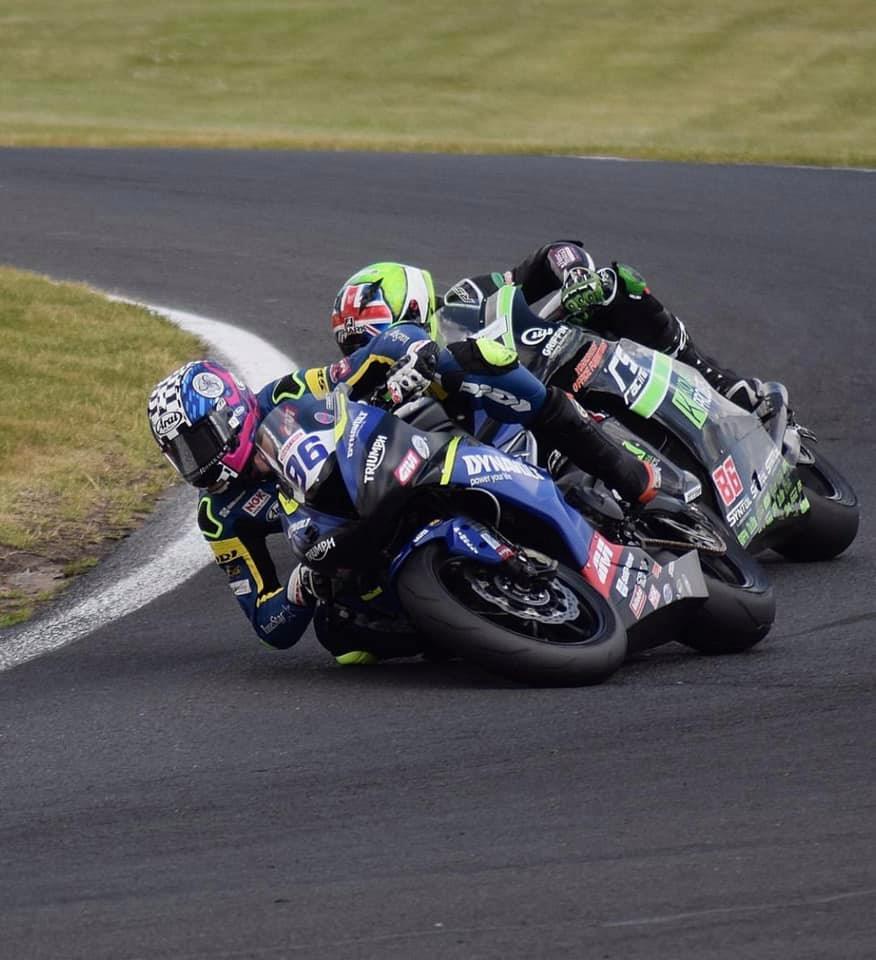One day you’ll be at the track and you’ll do everything right. And it’ll still go wrong. You’ll give 100% but
come up short. You’ll do you best, but your best won’t be good enough.
Strange as it sounds, these statements are neither negative or pessimistic. And they’re not an
assessment of your ability to succeed. They’re simply facts. Becoming your best doesn’t mean you’re
always going to be the best, at your best, or better than the rest. Failure is in your future, and it’s just as
important to your development and growth as a rider as are all of your successes.
A major difference between riders who struggle and those who succeed is their perception and
response to failure. Successful riders have the ability to avoid taking failure personally. They don’t blame
themselves or think they’re worthless, and they don’t let it affect their self-esteem or self-worth. They
simply see it as a temporary setback, a question that needs to be answered, a part of learning that might
be a temporarily perplexing but never permanent.
Doing the right thing when the wrong thing happens
Most riders who struggle with failure don’t actually struggle with the failure itself, but with the false and
defeating belief that they are “the failure,” using the word to define themselves rather than the
situation. This is called labeling and is what causes so many riders take failure personally, look to blame
it on others, act-out with anger, become pessimistic, and feel hopelessness. Together these emotions
often create a fear of failure which causes many riders to withdraw from future challenges as a way of
avoiding the possibility of feeling like a failure again. So, developing some faith in failure and all its
possible strengths and solutions is an important conversation to master.
Take yourself out of the equation
The first step in developing a faith in failure is to “dissociate” yourself from the failure, no longer
defining – or associating – yourself with it, but instead reminding yourself that failure is only an event or
a moment, one that’s bound to occur from time-to-time when working outside your comfort zone, and
one that provides you with helpful and important information, even though it might come in an
unexpected way.
It’s been said that struggle builds strength, and luckily, failure is the perfect vehicle for delivering that
struggle. One way you can create faith in failure is to get into the habit of allowing yourself something
called a failure quota — a set number of failures per session, day, or event. By pulling your expectations
away from perfection, you’ll be less threatened by the failures and, therefore, put yourself in a better
position to accept and learn from them. Try starting with a baseline quota and then add or subtract
depending if skills you’re working on are easy or complex. You’ll likely find it liberating to no longer be
surprised and disappointed by failures, realizing that they’re not the opposite of success, they are part
of it, but not part of you.
(Adapted from an article by Lauren Mauldin, originally published in Pressure Proof Academy)




